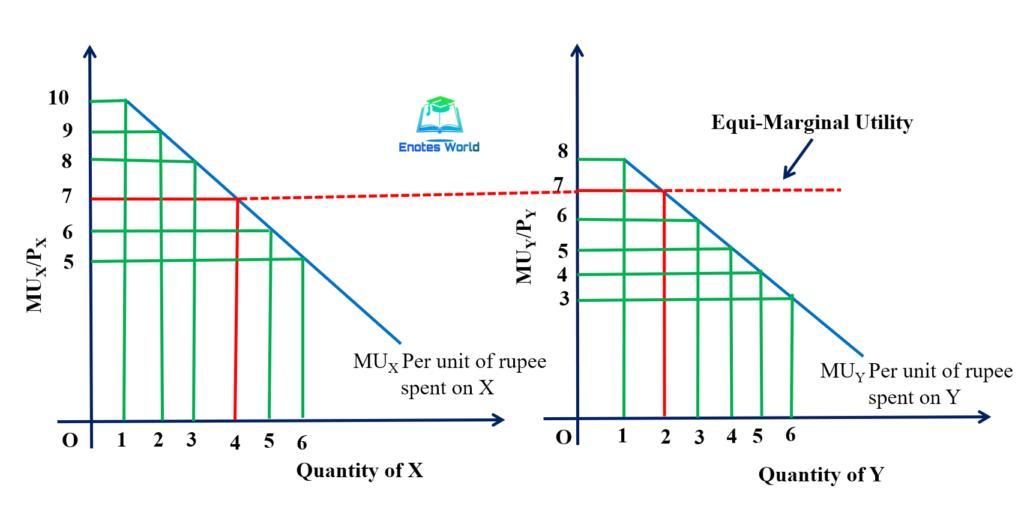the power of an equiconvex lens with radii of curvature 5 cm and refractive index 1.5 in air is
-
Subject:
Physics -
Author:
willowadkins -
Created:
1 year ago
Answers 2
Explanation:
Power=p=
f
1
=(n−1)(
R
1
−
−R
1
)=0.6(2/R)=1.2/R=1.2/.1=+12 Diopters.
-
Author:
kevinyuua
-
Rate an answer:
5
Answer:
The power of the given lens is 20 D.
Explanation:
Here we have been given that the radius of curvature of the given equiconvex lens is 5 cm and its refractive index is given to be 1.5 in air.
For the equiconvex lens, we have,
[tex]R_{1} = R[/tex]
[tex]R_{2} = - R[/tex]
Therefore the power for this lens can be calculated using the formula as below;
P = [tex]\frac{1}{f}[/tex] = (n-1) [tex](\frac{1}{R_{1} } - \frac{1}{R_{2} } )[/tex]
here n is the refractive index of the given lens and [tex]R_{1}[/tex] and [tex]R_{2}[/tex] are the radius of curvatures respectively of the lens surfaces.
GIven, n = 1.5 cm
[tex]R_{1} = R = 5cm[/tex]
= 0.05 m
[tex]R_{2} = - R = - 5cm[/tex]
= - 0.05m
∴ P = (1.5 - 1) [tex](\frac{1}{0.05 } - \frac{1}{-0.05 } )[/tex]
⇒ P = (0.5) × [tex](\frac{2}{0.05} )[/tex]
⇒ P = (10) × 2
⇒ P = 20 Dioptres
The power of the given equiconvex lens is found to be 20 D.
-
Author:
samuelnewton
-
Rate an answer:
9

